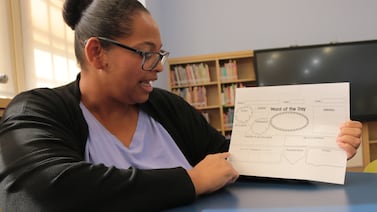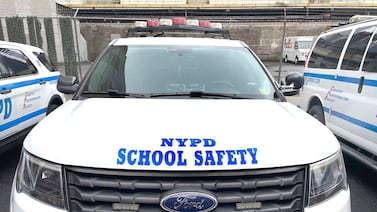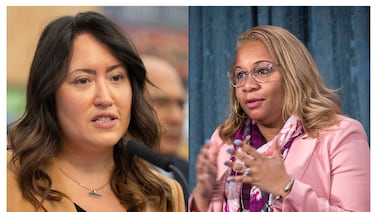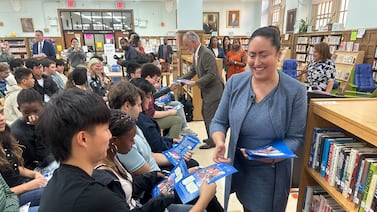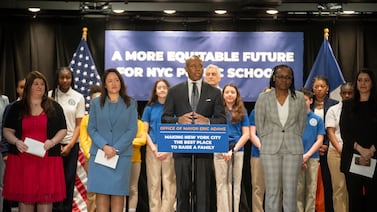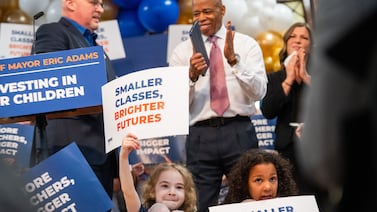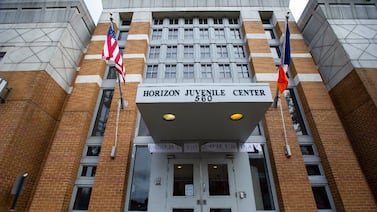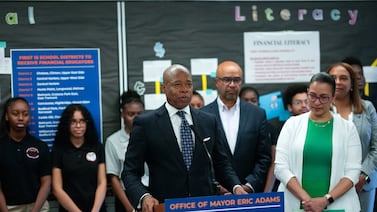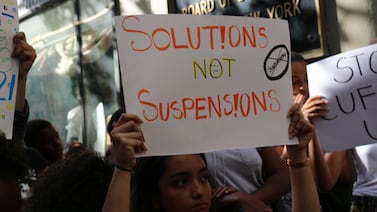The 10-hour training course includes video from three New York City public school classrooms about how to use the science of reading in practice.
A miscommunication to principals implied students caught with items like pepper spray and scissors would be arrested, sparking confusion on some campuses.
The current chancellor, a former chancellor, and others with deep ties to New York could be in the running.
Some parent groups are pushing Mamdani to consult families and educators before he makes a final decision about who should run the nation’s largest school system.
Mayor Eric Adams has lost control of New York City’s school board. He no longer has a majority of appointees, and members have rejected several proposals recently.
Did your school win an exemption from the class size mandate? Check out our searchable database.
Students in juvenile detention often don’t receive required special education support and struggle to reengage with school when they’re released.
The city’s highest-need schools stand to benefit the least from the new class size caps, and a group of advocates want to give the city time to negotiate changes to the law.
The schools will also be paired with financial educators who will help lead workshops and offer information about topics from money management basics to spotting financial scams.
Black students, children with disabilities, and those living in foster care were disproportionately removed from their classrooms.


